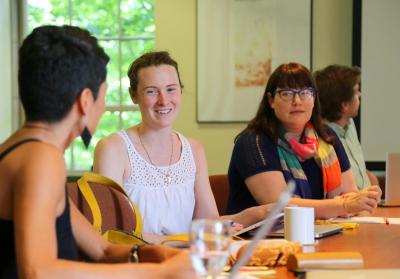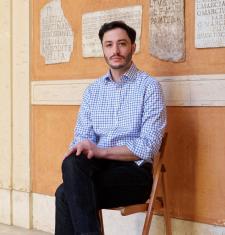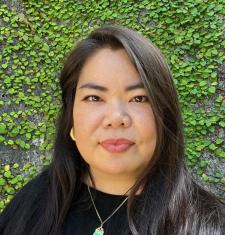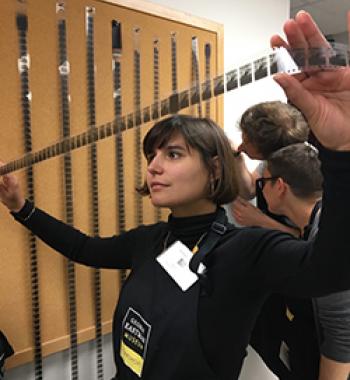Digital Humanities Summer Fellowships

The Simpson Center offers annual summer fellowships for faculty and graduate students to pursue research projects that use digital technologies in innovative and intensive ways and/or explore the historical, social, aesthetic, and cross-cultural implications of digital cultures. The program has three primary goals:
- To animate knowledge—using rich media, dynamic databases, and visualization tools
- To circulate knowledge—among diverse publics
- To understand digital culture—historically, theoretically, aesthetically, and generatively
The Simpson Center gratefully acknowledges the support of a National Endowment for the Humanities Challenge Grant and the Andrew W. Mellon Foundation as well as many donors to the endowment which is underwriting these fellowships.
2025 - 2026 Digital Humanities Summer Fellows








2023 - 2024 Digital Humanities Summer Fellow

Mal Ahern (she/her/hers)
Factory Forms: Making Copies in the Age of Automation
In the 1950s and 1960s United States, media executives attempted to use new computation technologies and cybernetic theories of control to automate the craft practices that had enabled image reproduction for the previous century. As printers, projectionists, and other technicians went on strike across the nation, misprints and distortions revealed the image’s formal infrastructure in disjointed layers, swarms of dots, and hallucinogenic flicker. Factory Forms archives and analyzes these visual traces of industrial automation and charts how aesthetic values changed in response to this crisis.